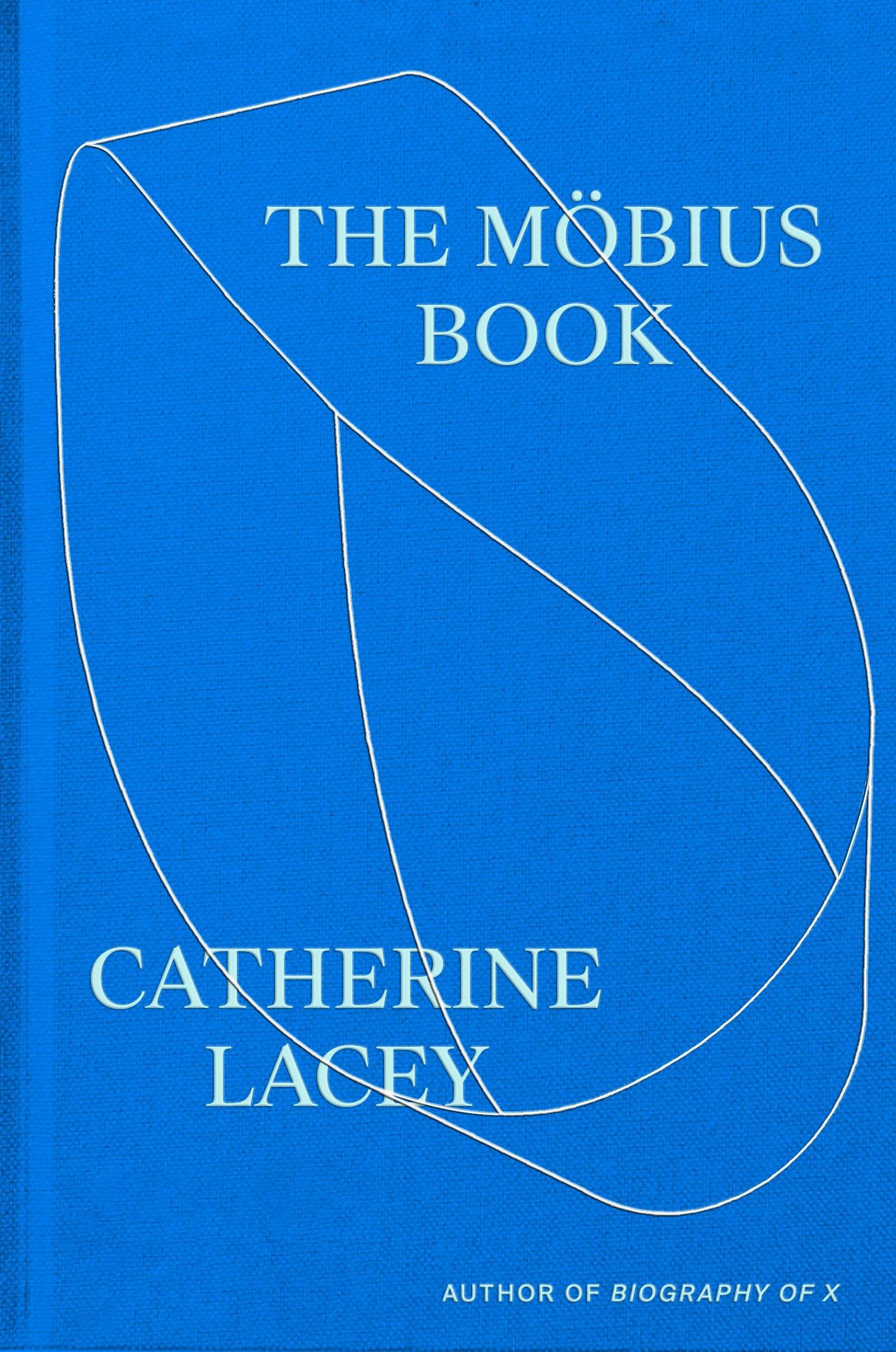
24 Jun Book Review of The Möbius Book
Navigating the Circular Paths of The Möbius Book by Catherine Lacey
I still remember the moment Avery and I met at MoMA, both a bit lost in our own writing journeys. Surrounded by Matisse’s vibrant canvases, we shared a knowing sigh about our struggles to find satisfying endings in our work. Those lingering thoughts came rushing back as I dove into The Möbius Book, Catherine Lacey’s captivating hybrid of fiction and creative non-fiction. It felt like this book was almost designed to echo our own writing frustrations—the narrative twists and turns becoming an invitation to explore the nature of relationships and identity.
Lacey’s book is presented in an innovative tête-bêche format, a delightful invitation to choose between memoir and fiction. While most reviews suggest starting with the fictional piece, I was drawn to the memoir first. What a choice that turned out to be! The memoir, based on Lacey’s real-life relationship with author Jesse Ball, opens with a striking image of grief and disconnection—she feels like a doll in her own home after a breakup that was communicated via an email from the next room. This honest exploration of love lost and the haunting nature of memory struck a deep chord. As she confronts her past, Lacey’s writing is intimate yet profoundly relatable, capturing those raw, unfiltered moments that often linger long after relationships end.
One of the themes that stood out for me was the struggle for identity boundaries in relationships. Lacey writes, “The Reason had the right to explain my feelings to me because he’d spent six years telling me what I felt and who I was.” This notion of being defined by someone else feels universal, doesn’t it? It also raises questions about autonomy and self-perception. Lacey masterfully lays bare her vulnerabilities—her reflections on a prior marriage and her search for grounding in the wake of upheaval.
I also appreciated how Lacey’s memoir serves as a lens through which we eventually view her fictional narrative. Although they stand distinctly on their own, there’s an unexpected richness when you complete one and transition to the other. The fictional story introduces us to Marie and Edie, navigating a series of complex relationships against the backdrop of a Christmas in a dilapidated New York apartment. The writing here is just as compelling, filled with biting wit and a sense of urgency that contrasts beautifully with the introspection of the memoir.
However, I felt that the Möbius strip analogy fell short of its potential. My expectation of a seamless interplay between the two narratives wasn’t entirely fulfilled; they felt more like separate paths rather than intertwined threads. I found myself wanting that exhilarating moment of revelation often seen in dual narratives.
Lacey’s work is undeniably intriguing and thought-provoking, though it veers into the overly personal at times, which might deter some readers. If you are someone who enjoys deeply introspective literature that explores the intricacies of human relationships and identity through a lens beautifully woven with feelings and thoughts, then The Möbius Book is an enriching read for you.
As I closed the book, I couldn’t help but feel that my own struggles with endings mirrored Lacey’s as she navigated her narratives. It left me hopeful that, perhaps in the folds of our stories, there’s always a chance to find clarity amid the chaos. Readers, especially those who appreciate unconventional storytelling, will find much to ponder in Lacey’s intricate tapestry. ✨
Discover more about The Möbius Book on GoodReads >>









